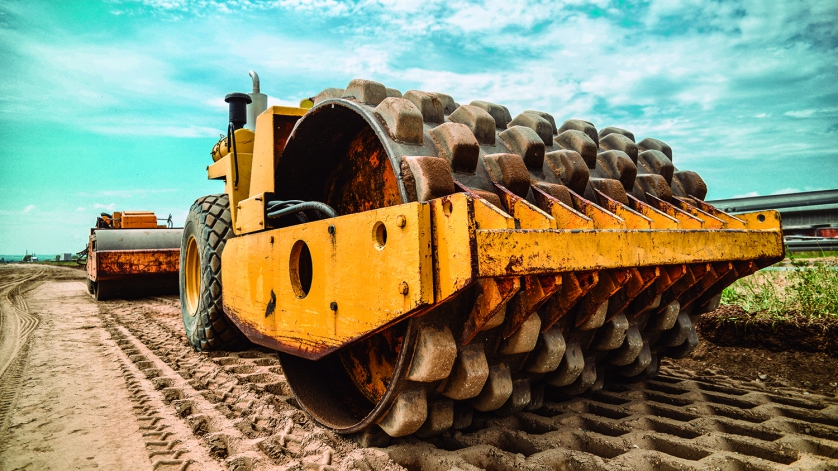
The adage that “a chain is only as strong as its weakest link” works in many situations. In industrial applications, improper maintenance of electronic pressure sensors can cause heavy equipment to fail.
Because pressure sensors tend to be installed deep within the workings of such equipment, correcting failures can be costly—idle machinery means lost revenue and idle workers mean lost productivity. Especially vulnerable are the agriculture, construction, and mining industries, which depend on complex, heavy, and often dangerous motorized equipment.
Tractors, combines, and heavy trucks endure extremes of temperature, vibration and shock, electromagnetic interference, dirt and dust, and water. The best sensors are built to take all that punishment, but too often, pressure sensor maintenance in the field falls to someone who does not understand the subtle differences among varieties of sensors.
The novice technician might consult a catalog and choose an electronic sensor that “looks right” and handles the same pressure range as the one being replaced. Such a replacement could work adequately at first but fail prematurely if it’s not the optimum instrument for the job. That creates a need for a lot more pressure sensor maintenance than will be required if the right sensor is ins talled in the first place.
And there is a more pressing need for pressure sensor maintenance. An enterprise’s profitability depends on the safe, dependable, and continued operation of its equipment—and electronic pressure sensors perform an important, early-warning role. A drop in pressure can signal an internal equipment failure, while a pressure spike might be evidence of a potential break or explosion. In either case, sensors can alert people in the field to take preventive measures.
The mining industry provides an excellent case in point. A failed sensor on an excavator can idle the machine along with four trucks, a bulldozer, and all their driver-operators. Similarly, a faulty sensor could cause a farmer to apply too much fertilizer—ruining crops and risking an EPA fine. A faulty sensor at a construction site might fail to notify a lift operator that equipment has exceeded its maximum capacity, which can endanger workers’ lives.
Breakdowns can be especially challenging on equipment that ventures into swamps, deserts, and frozen tundra. To ensure that its sensors can handle the most extreme conditions, WIKA subjects its instrument to an exhaustive range of tests that simulate these harsh, real-world environments.
WIKA’s electronic sensors take the concept of pressure sensor maintenance one step further by enabling businesses to perform predictive maintenance, or PdM. Electronic pressure sensors provide wealth of data on equipment performance that can be fed into computer models to predict just when equipment needs “just-in-time” maintenance.
By enabling maintenance to be scheduled at the optimum time, PdM eliminates costly breakdowns and unscheduled corrective maintenance. As such, WIKA electronic pressure sensors can play a key role in PdM, maximizing productivity and profitability for businesses.

